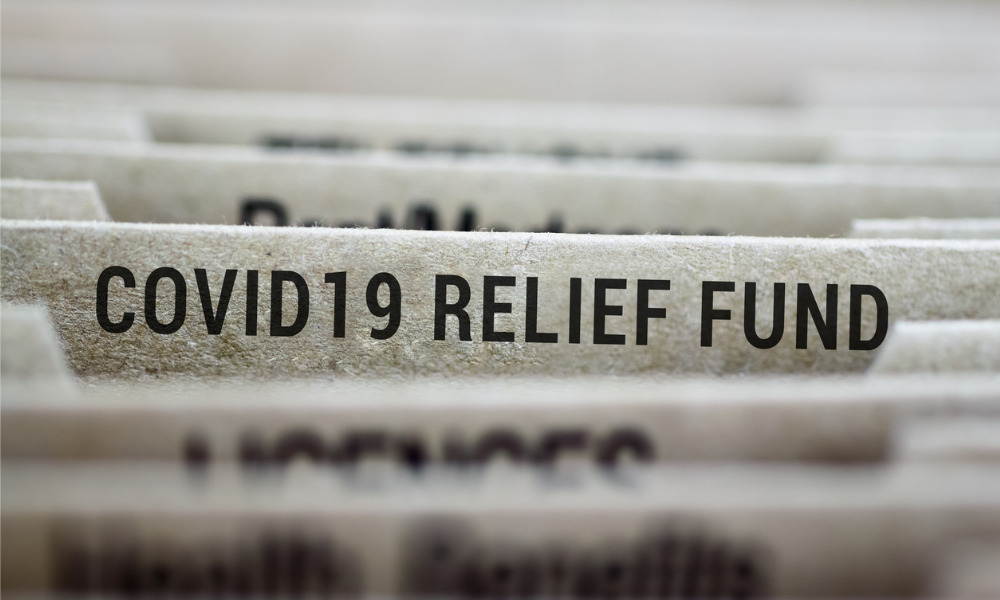Big Six bank says Macklem could have stopped interest rates at 2.5% barring COVID aid

One of Bay Street's leading economists estimates that more than a percentage point of the Bank of Canada’s rate increases this year was only necessary to counteract the "excess demand" brought on by what appear to have been excessively generous COVID benefits.
According to Bank of Nova Scotia chief economist Jean-François Perrault, a former assistant deputy minister at the Finance Department, "excess supply" means that the economy would be weaker than it is right now. Vendors of goods and services would not be having trouble filling orders as they have for much of the year, and inflation would not be under as much pressure.
The Scotiabank report's objective was to examine the variables that affect inflation rather than to assess Ottawa's response to the COVID recession.
Perrault and his co-author René Lalonde, director of modelling and forecasting at the bank, stated that the Canada Emergency Wage Subsidy, the Canada Emergency Response Benefit (CERB), and its replacement benefit, the Canada Recovery Benefit (CRB), all had a "significant and welcome influence on the economy." The pandemic relief measures paved the way for a remarkable comeback after an unparalleled economic disaster.
BoC Governor Tiff Macklem is currently attempting to counteract the "inflationary impulse" brought on by that spending with the most zealous series of interest-rate increases since the central bank started focusing on inflation in the 1990s. Nevertheless, in retrospect, they said Ottawa's response was "likely exaggerated."
The neutral rate – the hypothetical rate at which economists and policymakers predict that borrowing costs will neither hinder nor promote economic development – is estimated to be between two and three percent by the BoC, while it is estimated to be 2.5% by the economics department of Scotiabank.
Global variables, such as U.S. inflation, commodity prices, and a depreciating currency – over which the central bank has little to no influence – are to blame for half of the upward pressure on prices that has been present since the end of 2019.
Additionally, pandemic-related supply restrictions account for another 35% of the price rise.
Pandemic programs only contributed to a small portion of the inflation, but had a "major impact" on the "output gap," which the BoC uses to gauge the health of the economy.
The output gap represents the discrepancy between the value that policymakers believe the economy is capable of producing in terms of all goods and services without contributing to inflation, and the level of economic output that actually occurred.
The Scotiabank study shows that these programs injected tens of billions of dollars into the economy, narrowing the output gap by 1.3 percentage points on their own. Perrault and Lalonde came to the conclusion that the Bank of Canada is currently attempting to counteract the demand created by that spending by raising interest rates.
While Macklem has limited control on the factors driving inflation on a global scale, interest rate policy has a significant impact on domestic demand. The BoC might have stopped raising interest rates when the benchmark hit 2.5% if it weren't for the extra demand created by the COVID relief measures.
According to Scotiabank, inflation will gradually slow over the coming year to year and a half, averaging about 6.8% in 2022. The team then anticipates a drop in inflation to 4% the next year before reverting to the Bank of Canada's objective of 2% in 2024.
In the first half of 2023, Scotia expects higher interest rates and weaker demand for exports from China and Europe to combine to cause a "very mild recession, akin to a stall in growth," with "very modest" growth expected for the remainder of the year.



